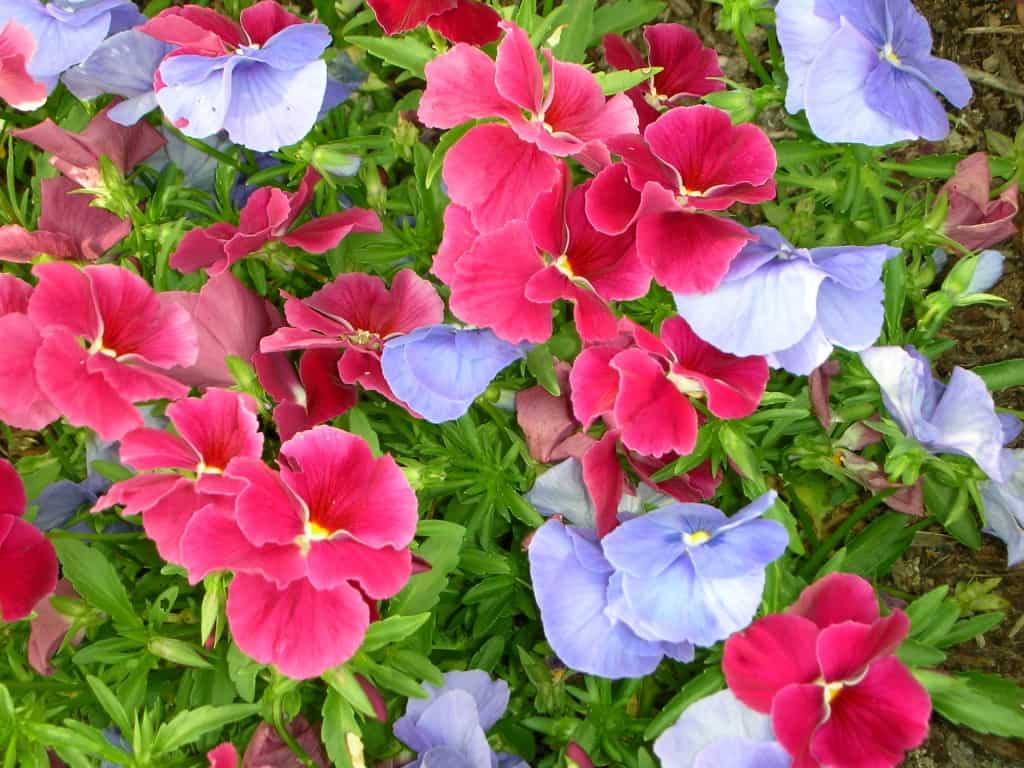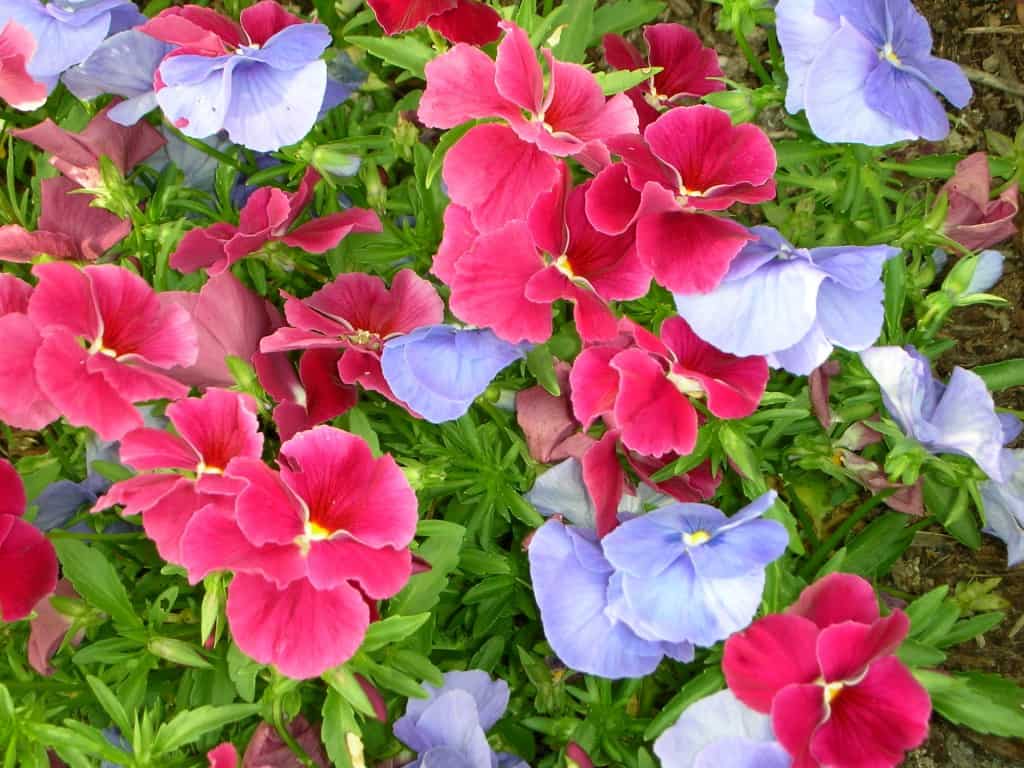
Plants are our renewable energy source and all life on earth depends upon them. We see plants everywhere, every day. We grow and consume them. In fact, they are already a part of our everyday lives. Did you wonder why do plants have colors, or why some of them bear fruits? How do they grow and eat? Their uses and life span? I am sure there’s more to ask, this article will help you to understand everything about plants.
A wide range of living organisms from the smallest bacteria to the largest of living things, the scientific study of plants also called Botany.
The field is so broad and classified into 3 categories such as Areas of Specialization, Organismal Specialization in Botany and Applied Botanical/Plant Sciences. The following are the existing studies so far:
Areas of Specialization
Biophysics
The study of the application of physics to plant life processes. Including how organisms go about getting food, communicating, sensing the environment, and reproducing.
Cytology
The study of the structure, function, and life history of plant cells.
Ecology
The study of the relationships between plants and the world in which they live, both individually and in communities.
Ethno Botany
The study of the uses of plants by indigenous peoples.
Genetics
The study of plant heredity and variation. Plant geneticists analyze genes and gene function in plants.
Microbiology
The study of microorganisms. Microbiologists may be specialized by organism (for example, microbiologists that study bacteria) of by a branch of biology (for example, Microbial Ecology).
Molecular Biology
The study of the structure and function of biological macromolecules in plants, including biochemical and molecular aspects of genetics.
Morphology
The study of macroscopic plant form and life cycles. Morphologists also study the evolution and development of leaves, roots and stems.
Plant Anatomy
The general study of plant cells and tissue that is found in the internal structure of the plant.
Paleobotany
The study of the biology and evolution of fossil plants.
Palyology
The study of pollen and spores.
Physiology
Study of the functions and vital processes of plants. Photosynthesis and mineral nutrition are two examples of subjects studied by plant physiologists.
Phytochemistry
The study of the chemical aspects of plant life processes, including the chemical products of plants (biochemistry).
Systematics
The study of the evolutionary history and relationships among plants. This includes the classification and naming of plants.
Systems Ecology
The use of mathematical models to demonstrate the role and use of plants as components of the ecosystem (i.e. concepts like nutrient cycling).
Taxonomy
The subdiscipline of identifying, naming, and classifying plants.
Organismal Specialization in Botany
Bryology
The study of mosses, liverworts and similar plants (Kingdom Plantea – Division Bryophyta with ~25,000 species). Consisting mainly of small plants restricted to moist enviroments the bryophytes are the second largest groupings of land plants. Bryologists study all aspects of these plants, including their identification, classification, and ecology.
Lichenology
The study of the biology of lichens (with ~18,000 species). Lichens are dual organisms consiting of an alga (phycobiont) and a fungus (mycobiont) in a mutualistic relationship.
Mycology
The study of the biology of fungi (two Kingdoms, Kingdom Protista – (Divisions Myxomycota and Oomycota) and Kingdom Fungi (Divisions Ascomycota,Basidiomycota, Chytridiomycota and Zygomycota) with over 75,000 species). Fungi have a tremendous impact on our world. They are crucial in the biosphere because they help recycle dead organic material. Some fungi are important producers of biological products such as vitamins and antibiotics.
Phycology
The study of algae (2 Kin gdoms, Kingdom Eubacteria – (Division Cyanobacteria) and Kingdom Protisa – (Divisions Chlorophyta, Chrysophyta,Euglenophyta, Phaeophyta, Pyrrophyta and Rodophyta) with ~26,000 species), which are the base of the food chain in the aquatic environments of the world. These oranisms are believed to be responsible for over half of the photosynthetic carbon fixation on our planet! Phycologists that study algae in oceans are sometimes called Marine Botanists.
Pteridology
The study of ferns and similar plants (Kingdom Plantea – (DivisionsPsilophyta, Lycophyta, Schenophytaand Pterophyta) with ~12,000 species). Pteridologists study all aspects of fem biology.
Applied Botanical / Plant Sciences
Agronomy
Crop and soil sciences. Agronomists make practical use of plant and soil sciences to increase the yield of field crops.
Biotechnology
The study and manipulation of genes within and between species. Using biological organisms to produce useful products. Most people today have a narrower view of biotechnology as the genetic modification of living organisms to produce useful products. Plant biotechnology involves inserting desirable genes into plants and having those genes expressed.
Economic Botany
The study of the utilization of plants by humans. The study of plants with commercial importance. Economic botany includes the study of botany harmful and beneficial plants and plant products.
Food Science & Technology
The development of food from vanous plant products.
Forestry
The study of forest management and the utilization of forest products.
Natural Resource Management
the responsible use and protection of our natural resources for the benefit of society.
Plant Breeding
The development of better types of plants. Breeding involves selecting and crossing plants with desirable traits such as disease resistance.
Plant Pathology
The study of the diseases of plants. Plant pathologists are concerned with both the biological aspects of disease and with disease management, or control.
Interesting Facts about Botany
• The world’s first Bontanist is John Bartram (March 23, 1699 – September 22, 1777) An early American botanist, horticulturist and explorer. Carolus Linnaeus said he was the “greatest natural botanist in the world.”
• Cutting onions releases a gas which causes a stinging sensation when it comes into contact with your eyes. Your body produces tears to dilute the irritant and remove it from your eyes.
• The original Ketchup did not have any tomatoes,the primary ingredient was fish brine mixed with herbs.The roots of ketchup are traced back to China, with a sauce they called ke-tsiap.
• A cucumber is a fruit not a vegetable. Why? Because it has seeds in the centre.
